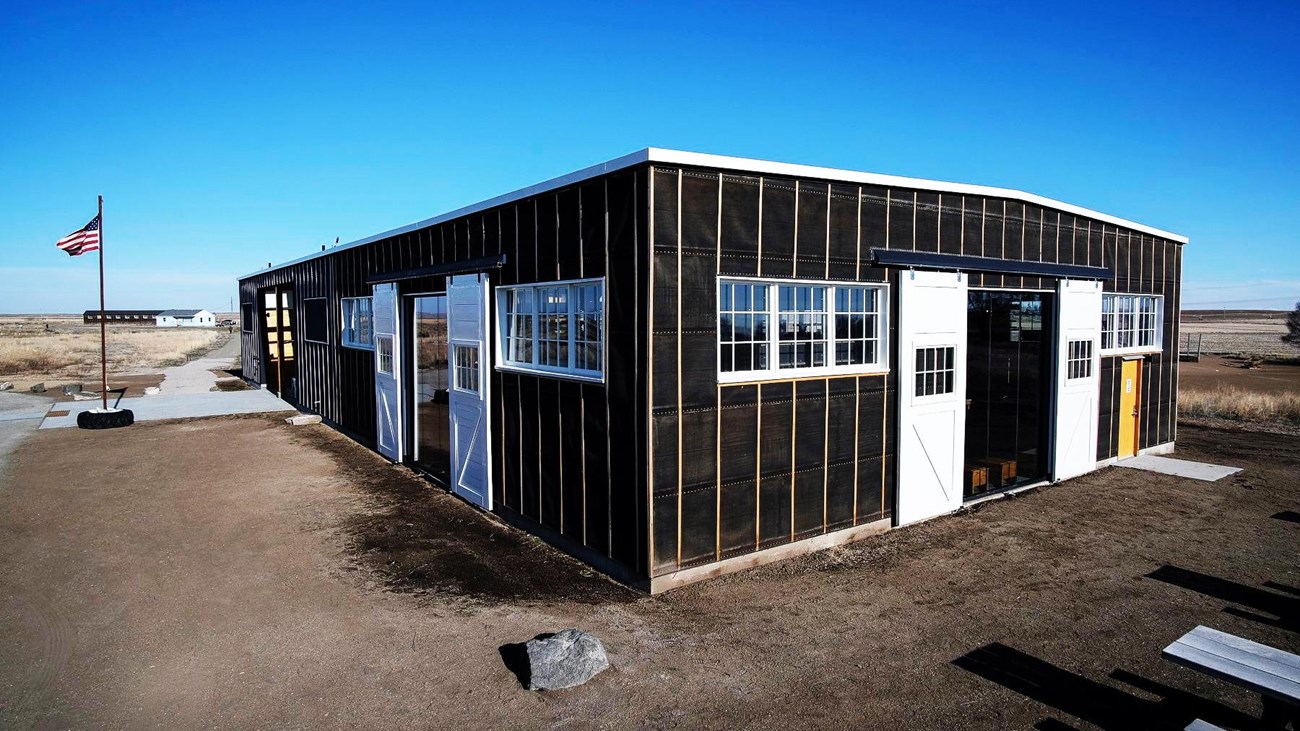Minidoka National Historic Site – Idaho’s Japanese American Internment Camp

Have you ever heard of the Minidoka National Historic Site in Idaho? This place holds a significant part of American history. During World War II, over 13,000 Japanese Americans were forcibly relocated to this internment camp. Visiting Minidoka offers a chance to learn about their experiences and resilience. The site includes original buildings, a visitor center, and interpretive trails. Walking through these areas, you can almost feel the weight of the past. It's a sobering reminder of the impact of wartime decisions on innocent lives. If you're interested in history, this site is a must-see.
Understanding Minidoka National Historic Site
Minidoka National Historic Site in Idaho tells a powerful story about Japanese American internment during World War II. Visiting this site offers a chance to reflect on a dark chapter in American history and honor the resilience of those who endured it. Here are some key places to explore.
Visitor Center
Start your visit at the Visitor Center. This place provides essential context and background information about the internment camp.
- Exhibits: Learn about the history of Japanese American internment through detailed exhibits.
- Artifacts: View personal items donated by former internees and their families.
- Films: Watch short documentaries that bring the stories of internees to life.
Historic Barracks
Next, explore the Historic Barracks. These structures give a glimpse into the daily lives of internees.
- Living Quarters: See the cramped and sparse living conditions that families endured.
- Mess Hall: Understand how communal dining shaped the internment experience.
- Recreation Hall: Discover how internees created a sense of community through activities and events.
Honor Roll Memorial
The Honor Roll Memorial stands as a tribute to Japanese Americans who served in the U.S. military during World War II.
- Names of Soldiers: Read the names of those who served, despite their families being interned.
- Medals and Honors: Learn about the bravery and sacrifices of these soldiers.
- Reflection Area: Take a moment to reflect on the courage and resilience of these individuals.
Guard Tower
The Guard Tower offers a stark reminder of the constant surveillance internees faced.
- Observation Deck: Climb to the top for a view of the entire camp.
- Historical Context: Understand the role of guards and the impact of surveillance on daily life.
- Photographs: View historical photos taken from the tower's vantage point.
Victory Garden
The Victory Garden showcases the resourcefulness and determination of internees who cultivated food despite harsh conditions.
- Garden Plots: See the layout of the original garden plots.
- Crops Grown: Learn about the types of vegetables and fruits grown by internees.
- Community Effort: Understand how gardening fostered a sense of purpose and community.
Memorial Wall
The Memorial Wall honors all those who lived through the internment experience at Minidoka.
- Names of Internees: Read the names of individuals and families who were interned.
- Personal Stories: Discover personal stories and memories shared by former internees.
- Legacy: Reflect on the lasting impact of internment on Japanese American communities.
Reflecting on Minidoka National Historic Site
Minidoka National Historic Site offers a powerful look into a difficult chapter in American history. Visiting this place helps us understand the struggles and resilience of Japanese Americans during World War II. Walking through the remnants of the camp, you can almost feel the weight of the past and the strength of those who lived there.
Educational programs and exhibits provide deeper insights into the experiences of internees, making it a valuable stop for anyone interested in history. The site stands as a reminder of the importance of civil liberties and the dangers of prejudice.
By learning about Minidoka, we honor the memories of those who endured and ensure that such injustices are not forgotten. This site is not just a historical landmark; it's a place for reflection and education.

